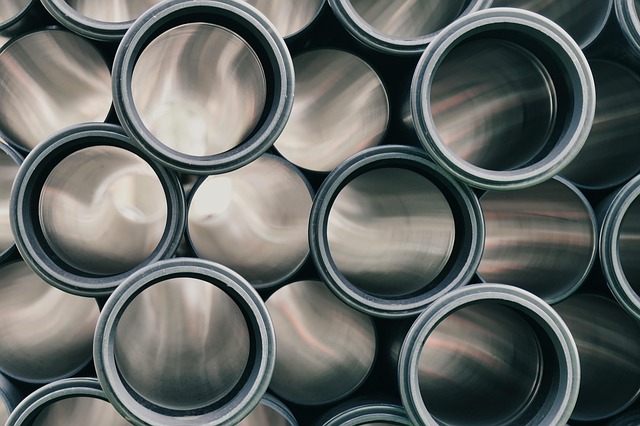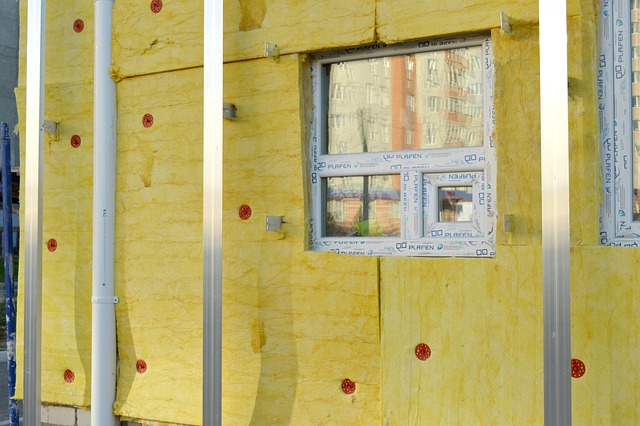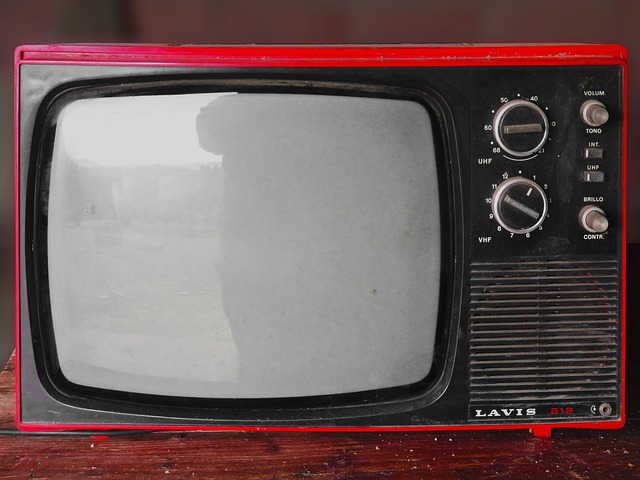The world of audio technology has undergone a significant transformation in recent years, pushing boundaries and merging innovation in ways we could never have imagined. One of the most dynamic shifts has been the evolution of PA systems, which have traditionally focused on sound output but are now embracing display technology as an integral part of their setup. This blend of audio clarity and visual appeal is setting the stage for a new era in public address systems.
When we think about a PA system, it’s often associated with school events, concerts, or public gatherings. The primary function has always been to ensure that the voice of the speaker or the music is delivered clearly to an audience. However, as society progresses and audiences demand more engaging experiences, the traditional PA system is evolving. The incorporation of display technology into PA systems has become not just an enhancement but a necessity.
Imagine standing in a crowded area where a speaker is delivering an important message. With just a sound system, information can be transmitted, but the engagement level can feel flat. Now, consider a setup where large monitors or screens accompany the audio, displaying relevant visuals that enhance what is being communicated. This concept is becoming the norm, transforming simple amplification into a multi-sensory experience.
Today, state-of-the-art monitors integrate seamlessly with PA systems, showcasing visuals that resonate with the audio being played. Whether it’s live feeds of the speaker, pre-recorded videos, or dynamic graphics that complement the announcements, display technology fosters a deeper connection and understanding. This visualization not only captivates the audience’s attention but also reinforces the message being conveyed, which is particularly beneficial in educational settings and corporate environments.
The advancements in display technology have allowed for more vivid, high-resolution images capable of asserting their importance alongside sound. LED screens, for instance, are now commonplace in PA setups, delivering bright and crisp visuals that stand out even in bright outdoor settings. This level of clarity ensures that even those sitting at the back of a large venue can fully engage with the content being presented.
Moreover, in the age of smartphones and tablets, the intertwining of audio and visual experiences has become second nature to many. The expectation is for information to be presented dynamically. With the integration of display technology, PA systems can now provide real-time information, scores in a sports event, or alerts during emergencies, effectively serving the audience with what they need, when they need it.
Technically, the evolution of digital audio tools and smart connectivity has transformed how we perceive and interact with PA systems. Now, these systems can be conveniently managed wirelessly, allowing for adjustments and instant updates on the fly. This technological shift has opened a pathway for a future where sound and visuals coexist in perfect harmony, creating a powerful narrative that captivates and informs.
This fusion of audio and visual elements signifies a monumental leap forward in how we utilize PA systems. It symbolizes a movement towards a more interactive and engaging form of communication that serves audiences better than ever before. As designers embrace this integration, PA systems are taking on a new life, transforming mundane public spaces into vibrant platforms for shared experiences.
As we envision future advancements, the potential for PA systems is truly boundless. As display technology continues to evolve, we will undoubtedly witness innovative applications that enhance the way we experience sound and sight in various settings. Whether for entertainment, education, or critical communication, the PA system of tomorrow promises to break down barriers and redefine engagement in unimaginable ways.



